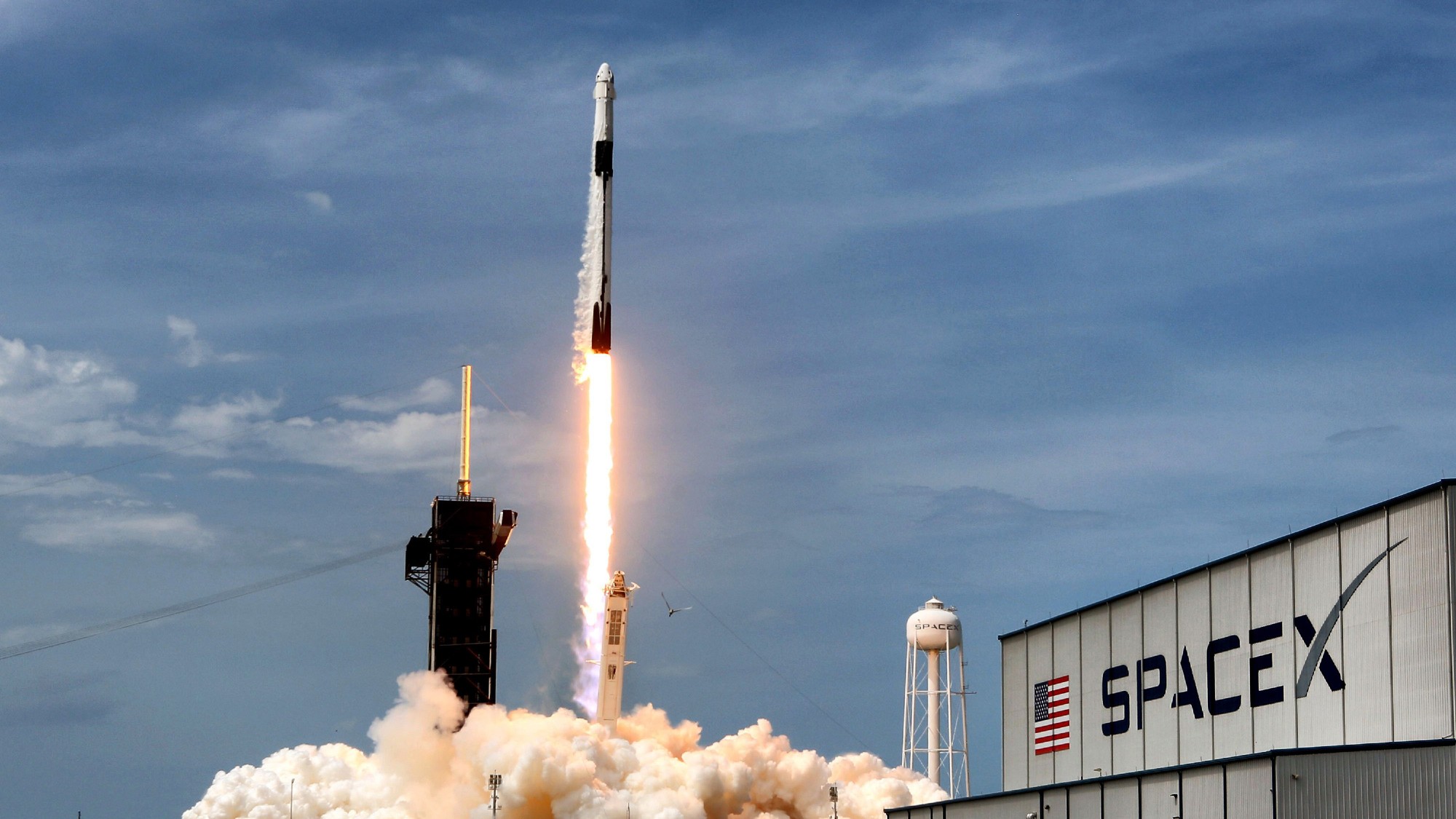Yes, satellites could fall from the sky
Debris from thousands of satellites could cause injuries


You could be hit by a falling satellite, according to a report to Congress by the Federal Aviation Administration (FAA). The report predicted that by 2035, satellites from large networks like SpaceX's Starlink could fall to the Earth and cause "one person on the planet … to be injured or killed every two years." Satellites like those from Starlink are meant to burn up in Earth’s atmosphere at the end of their service. However, some pieces of satellite debris may not incinerate and instead fall to the planet's surface, posing a risk of injury.
The Aerospace Corporation, the research group commissioned by the FAA to help produce the report, "assessed that the SpaceX spacecraft could each produce three pieces of debris of 300 grams." The group called that a conservative estimate, adding, "With the thousands of satellites expected to reenter, even a small amount of debris can impose a significant risk over time."
SpaceX, owned by billionaire mogul Elon Musk, called the report "preposterous, unjustified and inaccurate," claiming that it relied "on a deeply flawed analysis that falsely characterizes reentry disposal risks associated with Starlink," according to a letter obtained by CNN. "SpaceX's satellites are designed and built to fully demise during atmospheric reentry during disposal at end of life, and they do so," Musk's letter added.
The Week
Escape your echo chamber. Get the facts behind the news, plus analysis from multiple perspectives.

Sign up for The Week's Free Newsletters
From our morning news briefing to a weekly Good News Newsletter, get the best of The Week delivered directly to your inbox.
From our morning news briefing to a weekly Good News Newsletter, get the best of The Week delivered directly to your inbox.
Determining the exact risk from satellites is difficult "due to the uncertainties in reentry survivability calculations," Marlon Sorge, executive director of Aerospace's Center for Orbital and Reentry Debris Studies, told SpaceNews. "It is very difficult to get 'ground truth' data on what survives reentry by observing actual reentries as they occur randomly all over the world, not usually in convenient locations." SpaceX claimed the FAA "accepted the Aerospace report without any scrutiny or diligence, and then distributed this incorrect information to Congress."
A free daily email with the biggest news stories of the day – and the best features from TheWeek.com
Devika Rao has worked as a staff writer at The Week since 2022, covering science, the environment, climate and business. She previously worked as a policy associate for a nonprofit organization advocating for environmental action from a business perspective.
-
 Blue Origin launches Mars probes in NASA debut
Blue Origin launches Mars probes in NASA debutSpeed Read The New Glenn rocket is carrying small twin spacecraft toward Mars as part of NASA’s Escapade mission
-
 ‘The Big Crunch’: why science is divided over the future of the universe
‘The Big Crunch’: why science is divided over the future of the universeThe Explainer New study upends the prevailing theory about dark matter and says it is weakening
-
 Dinosaurs were thriving before asteroid, study finds
Dinosaurs were thriving before asteroid, study findsSpeed Read The dinosaurs would not have gone extinct if not for the asteroid
-
 The moon is rusting
The moon is rustingUnder the radar The Earth is likely to blame
-
 Panspermia: the theory that life was sent to Earth by aliens
Panspermia: the theory that life was sent to Earth by aliensUnder The Radar New findings have resurfaced an old, controversial idea
-
 Africa could become the next frontier for space programs
Africa could become the next frontier for space programsThe Explainer China and the US are both working on space applications for Africa
-
 SpaceX breaks Starship losing streak in 10th test
SpaceX breaks Starship losing streak in 10th testspeed read The Starship rocket's test flight was largely successful, deploying eight dummy satellites during its hour in space
-
 NASA is moving away from tracking climate change
NASA is moving away from tracking climate changeThe Explainer Climate missions could be going dark



